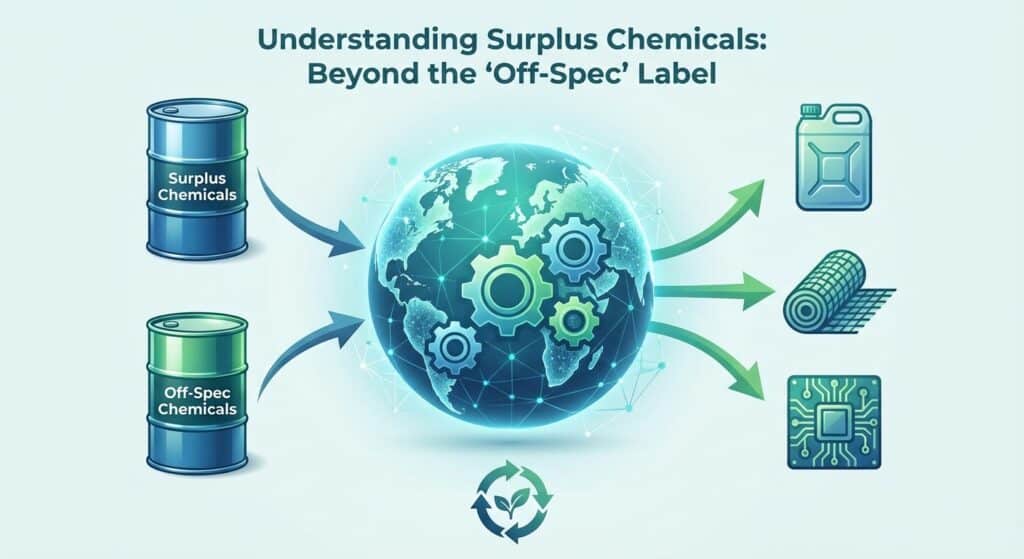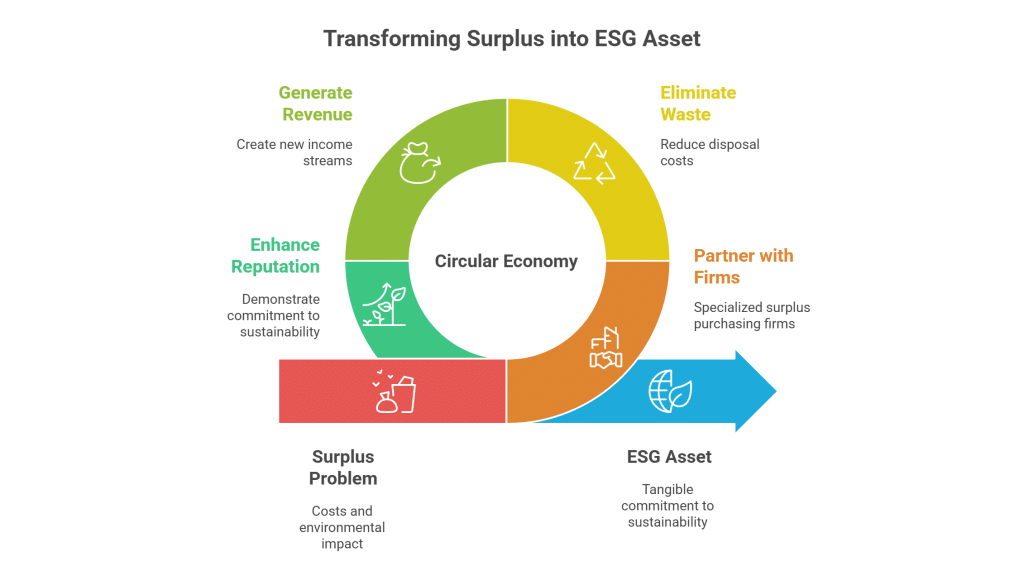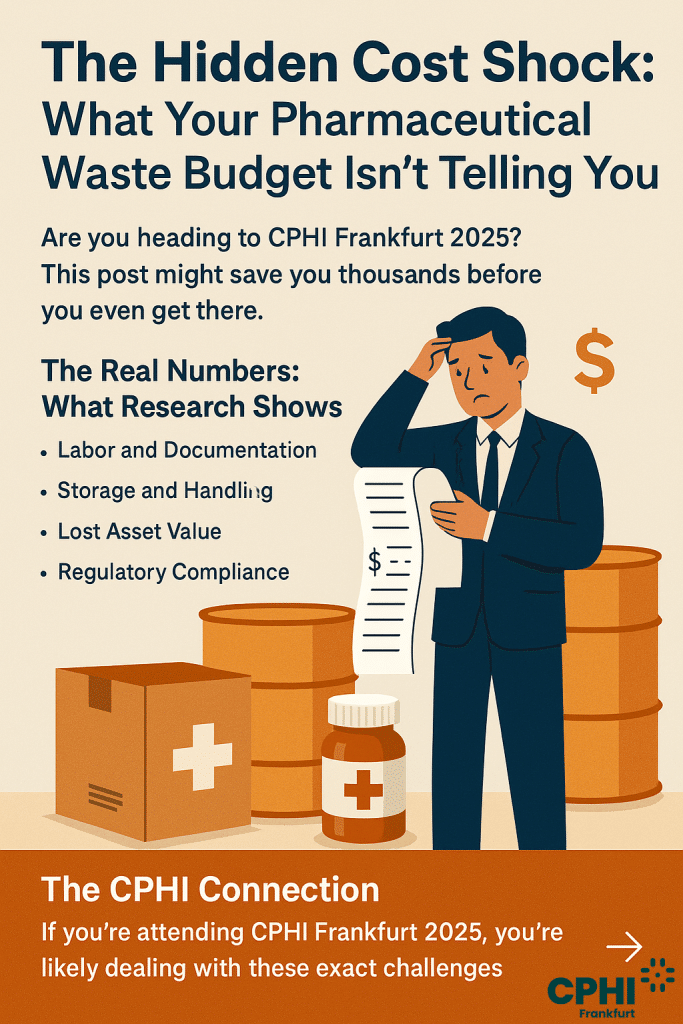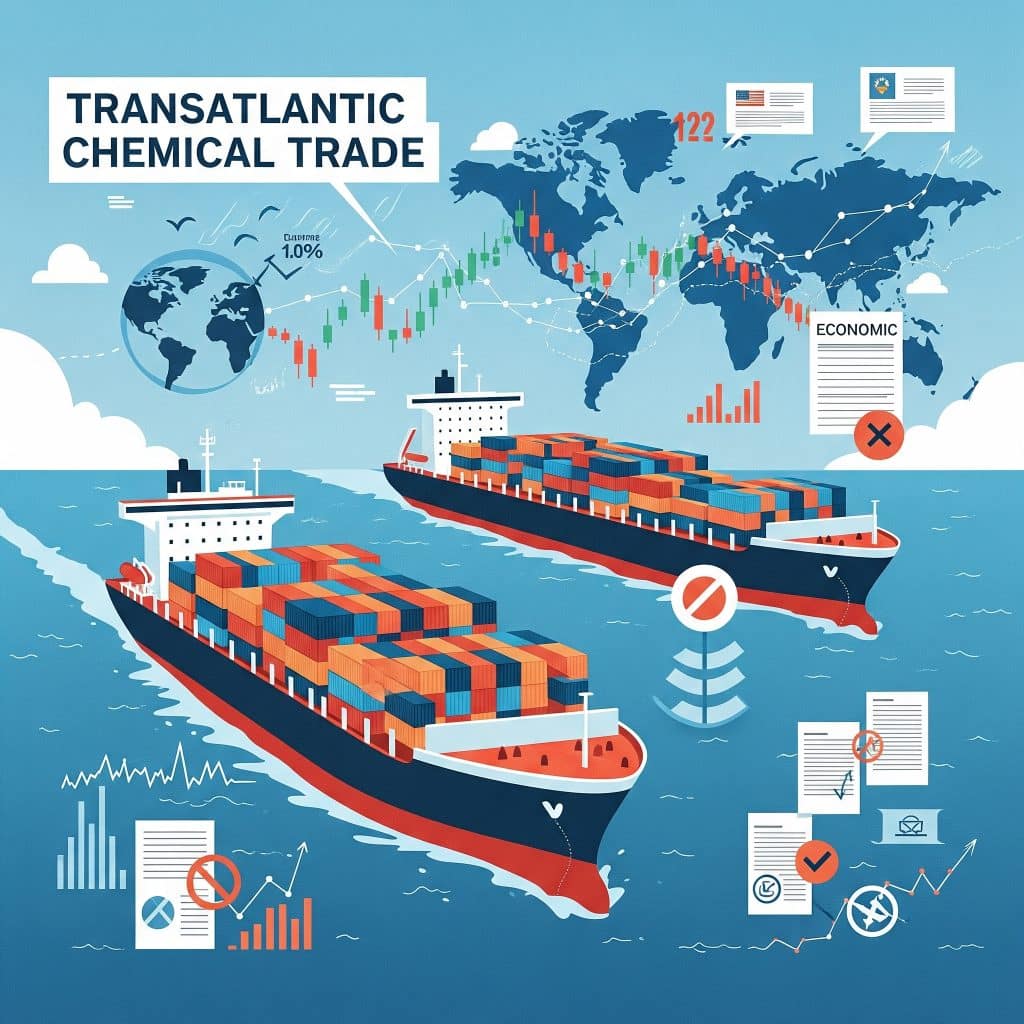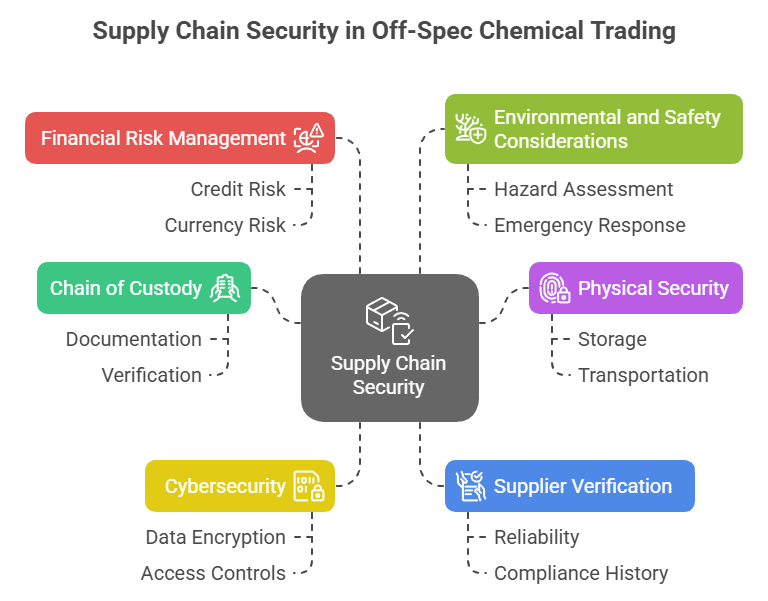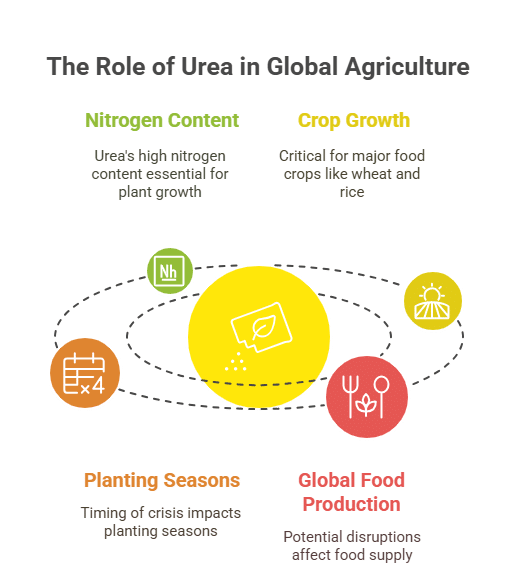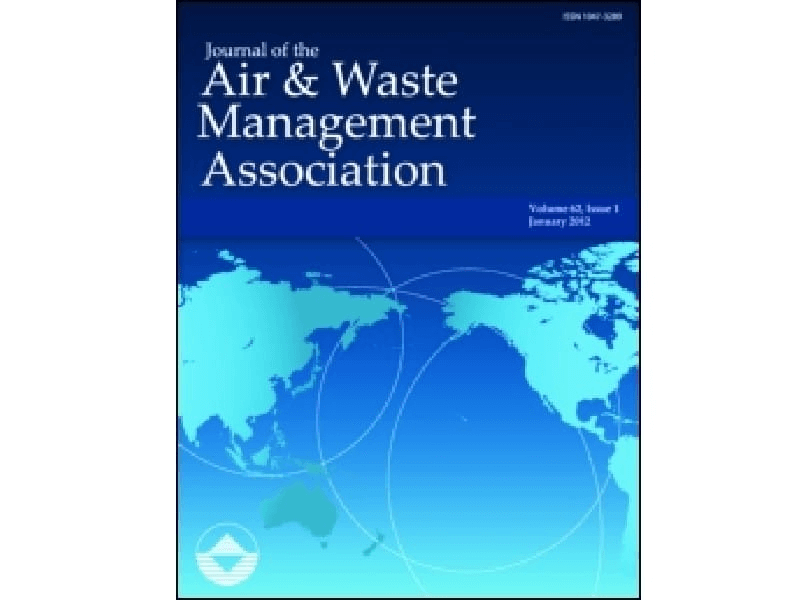Transforming Surplus Sodium Starch Glycolate in the Pharma and Food Sectors
Sodium Starch Glycolate for Pharma & Food: Optimized Surplus Chemical Trading
Applications of Sodium Starch Glycolate in Pharma & Food
Table of Contents
Turning Surplus into Profit: A Success Story in Pharma & Food with Sodium Starch Glycolate
In a recent case study, a leading pharmaceutical company found itself with a significant surplus of Sodium Starch Glycolate due to fluctuations in production demand. Rather than facing costly disposal or storage challenges, the company opted to sell the excess inventory through a dedicated surplus trading platform. The buyer, a reputable food manufacturer, needed the chemical as an ingredient for developing a new line of gluten-free products. This trade not only provided the pharmaceutical company with much-needed revenue but also allowed the food manufacturer to secure a high-quality, certified ingredient at a reduced cost. The successful transaction underscored the benefits of surplus trading, transforming a potential waste problem into a mutually beneficial opportunity that supported sustainable practices and boosted cost efficiencies across industries.


